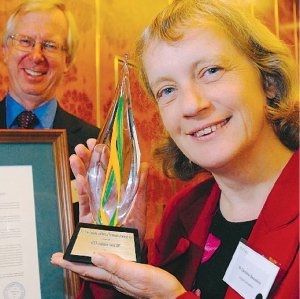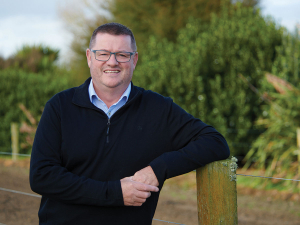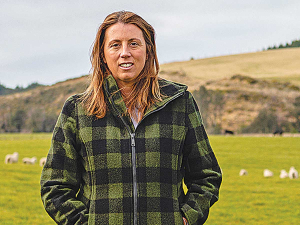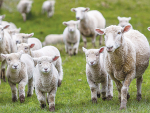These are powerful selling points “coming on the radar” in the world’s premium markets New Zealand needs to target, says Lincoln University’s Professor Caroline Saunders.
Though her comments were made to Beef + Lamb New Zealand’s Lincoln seminar earlier this month, dairy needs to heed the high-end market message too, she stresses.
“If I’m screaming at any sector at the moment it’s dairy!”
Such market signals need to be “translated” to the farm and while there are “some serious issues with value chains and information flows, particularly with sheep and beef, there have been improvements,” she says. “I hate this ‘we’ve got to be low cost’. No! We’ve got to be high value.”
British consumers would “die for a fantail”; high standards of animal welfare are becoming a must for premium markets. “This is a big one. It’s huge. This one could hit you overnight. How Sir Henry [van der Heyden’s induced] cows didn’t end up on the front page of [the UK newspaper] The Sun I don’t know. We were very lucky.”
Our industries need to be ready to explain practices such as winter shearing or tail docking, if they’re to continue, says Saunders. While we know they’re done largely for welfare reasons, to consumers they appear cruel. Do they know about flystrike? Be respectful and explain why [you do these things].”
Welfare and wildlife requirements are encompassed in the increasingly widespread international audit process of Global GAP, which now has at least 100,000 accredited producers, she points out.
“Uruguay’s got a lot of its meat compliant and we haven’t.... Just think about this wildlife policy. It might come and bite you in a couple of years if we’re not already there.”
While the food miles threat has largely been defused – thanks in no small part to work by Lincoln’s agricultural economics research unit which Saunders heads – showing it for the fallacy it was, Saunders says tough economic times in the US and EU are driving a move to “local food”.
Within that, initiatives such as farmers’ markets or direct-to-door “box schemes” are increasingly popular, helping producers earn premiums. They also break down the urban-rural divide, which is “fantastic,” says Saunders. “But don’t tell me it’s good for the environment!”
New Zealand’s producers can and should similarly try to connect with consumers for example by using barcode and smartphone technology to tell the farm stories behind the product.









